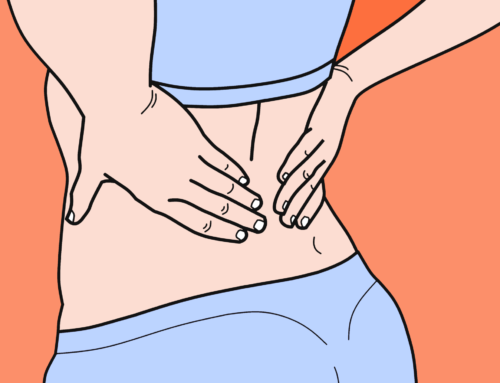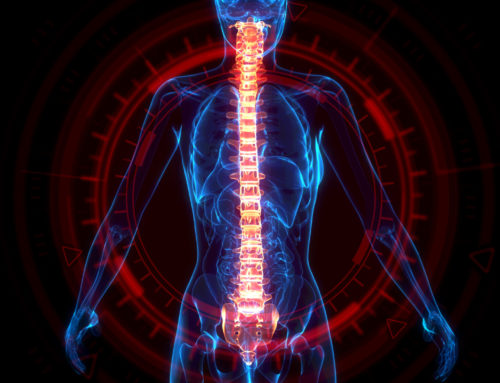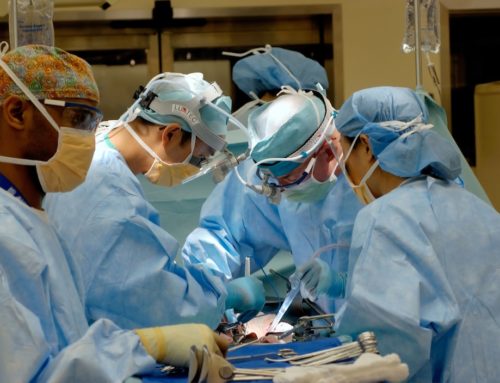Back pain plagues many of us as we age, especially pain in our low (lumbar) spine. In the US alone, 11% of older adults have spinal stenosis. By age 60, this number increases to 20%
Spinal stenosis can cause low back pain and other problems. A decompression lumbar laminectomy might be the answer. It is the most common type of spinal surgery performed each year.
Continue reading to find out how this type of spine surgery could help you, too.
What Is a Lumbar Laminectomy?
First, what is a lamina?: it’s situated below the spiny part of the vertebra. It is the rear section of the bone that creates the tube that protects the spine.
Spinal stenosis—a protrusion of tissue into the epidural space—presses against the spinal cord, causing pain, weakness, and other symptoms.
This spinal procedure removes part of the lamina and other intrusive tissue in the affected vertebra to reduce or eliminate spinal stenosis.
The surgeon will choose between two surgical options:
Open:
The surgeon makes a 1″-2″ incision along the spine. Then the surgeon resects tissue aside down to the vertebra and then to the lamina.
Micro-laminectomy:
The surgeon makes a much smaller incision. A small tube is inserted down between muscles until it reaches the lamina. Then a series of larger tubes are inserted to widen the path. Lastly, the surgeon inserts an endoscope for the actual surgery.
These types of spine surgery often takes from 30 to 90 minutes to complete.
Candidates for Lumbar Laminectomy
Those who suffer from the following low back symptoms may benefit from a decompressive lumbar laminectomy.
- Low back pain due to stenosis that impacts daily function
- Non-surgical approaches have not brought relief
- You have developed poor control over your bladder or bowels
- The condition impacts your ability to walk
Typically, these symptoms result from age-related stenosis; they can also result from herniated discs, tumors, and damage to the spine.
Laminectomy + Related Procedures
Decompressive lumbar laminectomy alone may not relieve all your lumbar spine conditions. At the same time, a patient may also undergo the following related procedures:
Procedures to correct a herniated disc or disc slippage (spondylolisthesis). These sometimes accompany spinal stenosis.
Fusion (arthrodesis) surgery. This involves the joining of two vertebrae into a single bone. This spinal procedure employs screws, rods, cages, and bone grafts to stabilize the spinal column in the affected area.
What to Expect After a Lumbar Laminectomy
A patient can expect a short post-op hospital stay. Most patients spend less than two days in the hospital, with many going home the same day. Normal daily functions, such as bathing and dressing, can be resumed soon after the surgery.
Recovery time to return to non-physical work is 2-4 w. You can expect a recovery period of 4-8 weeks before returning to physical work.
In the long term, 70-80% of patients realize benefits from a lumbar laminectomy. Improvements in symptoms last four years or longer after surgery.
Find the Right Spinal Surgeon
You don’t have to live with back pain, leg weakness, and other symptoms of a serious spinal condition. A Lumbar laminectomy can help you get your life back on track.
When it comes to spinal surgery, choose experienced specialists. If you live in Tennessee, contact us at Howell Allen Clinics. Our team of neurosurgeons has been treating brain and spinal conditions using cutting-edge technology for forty years.






